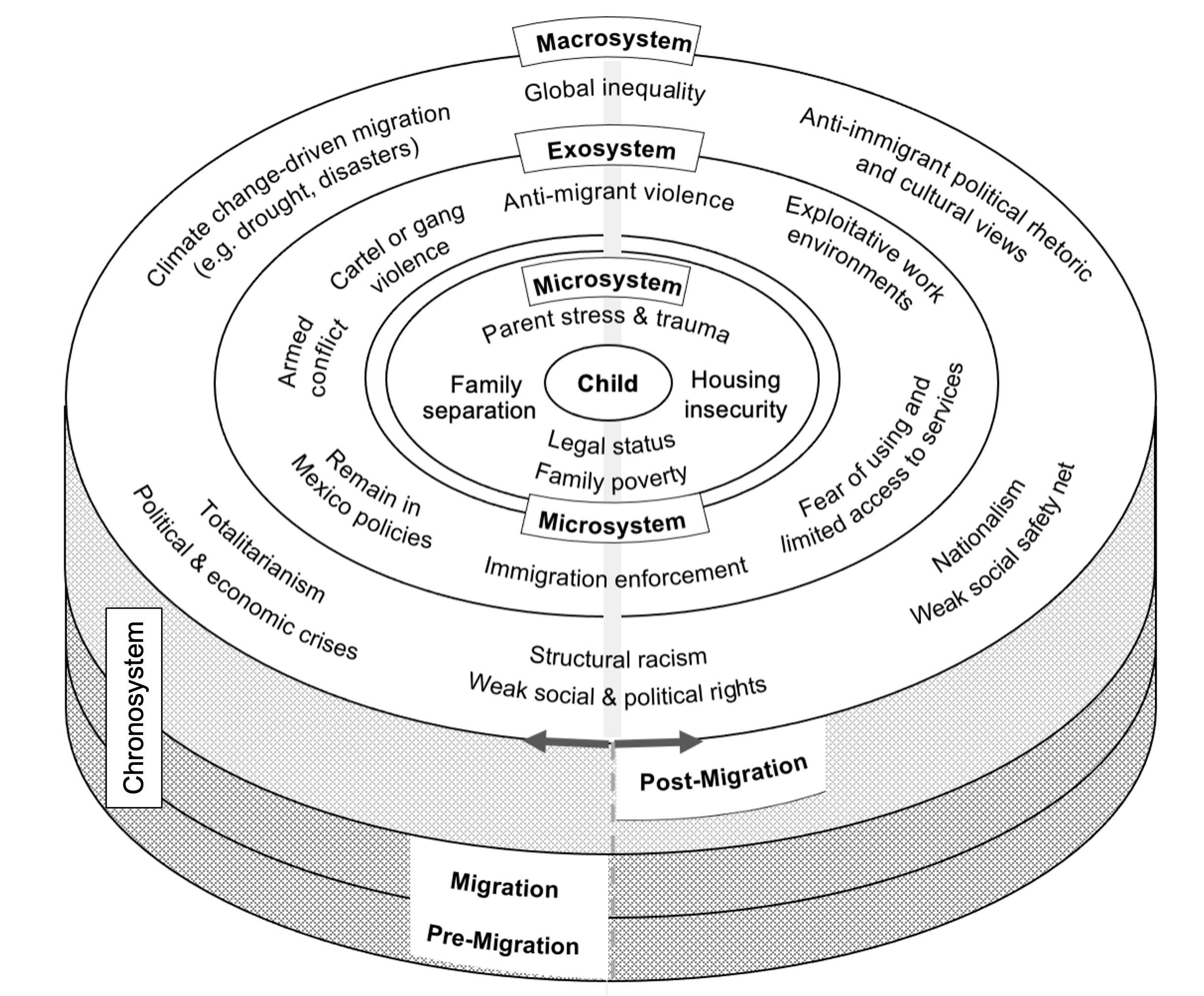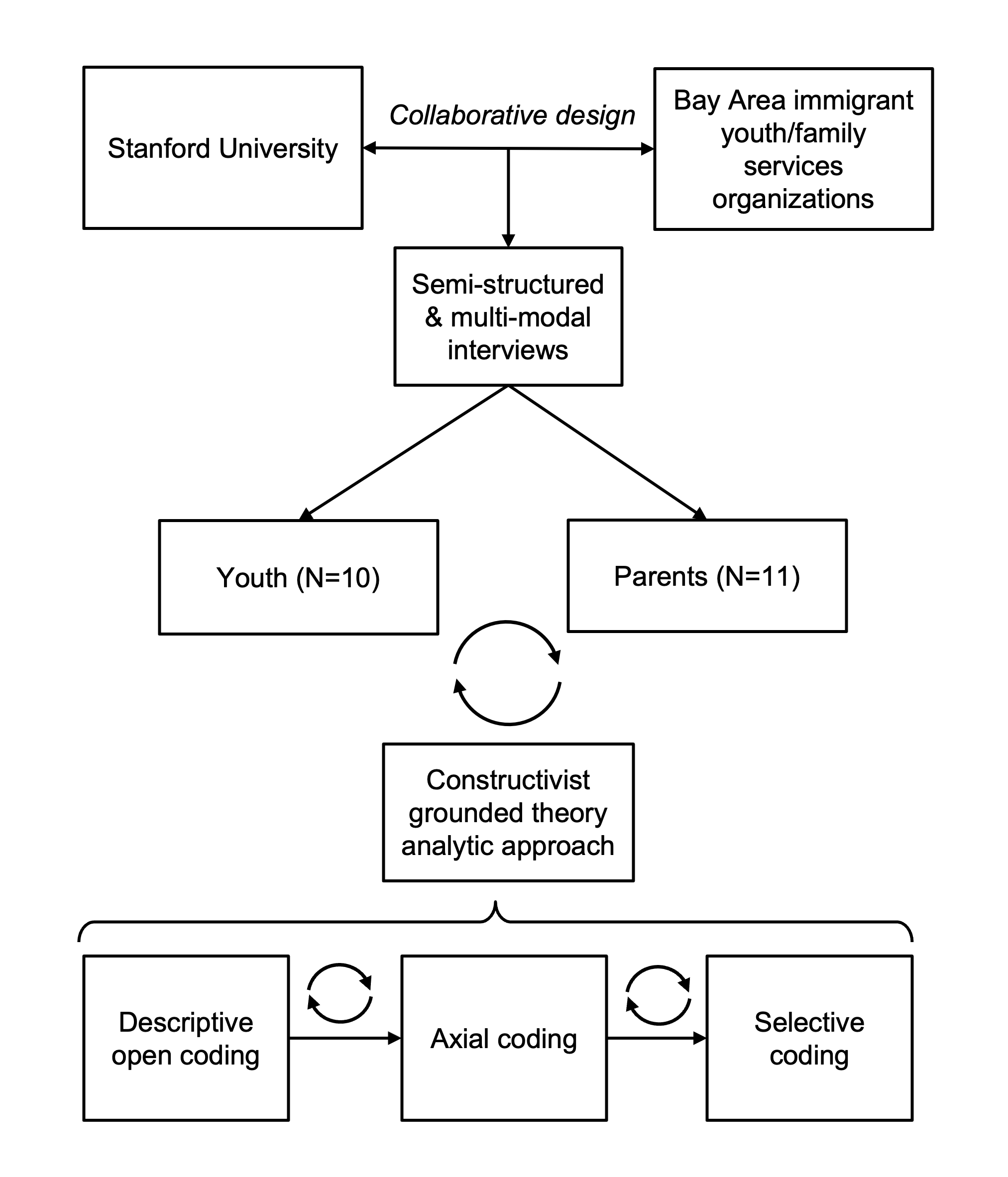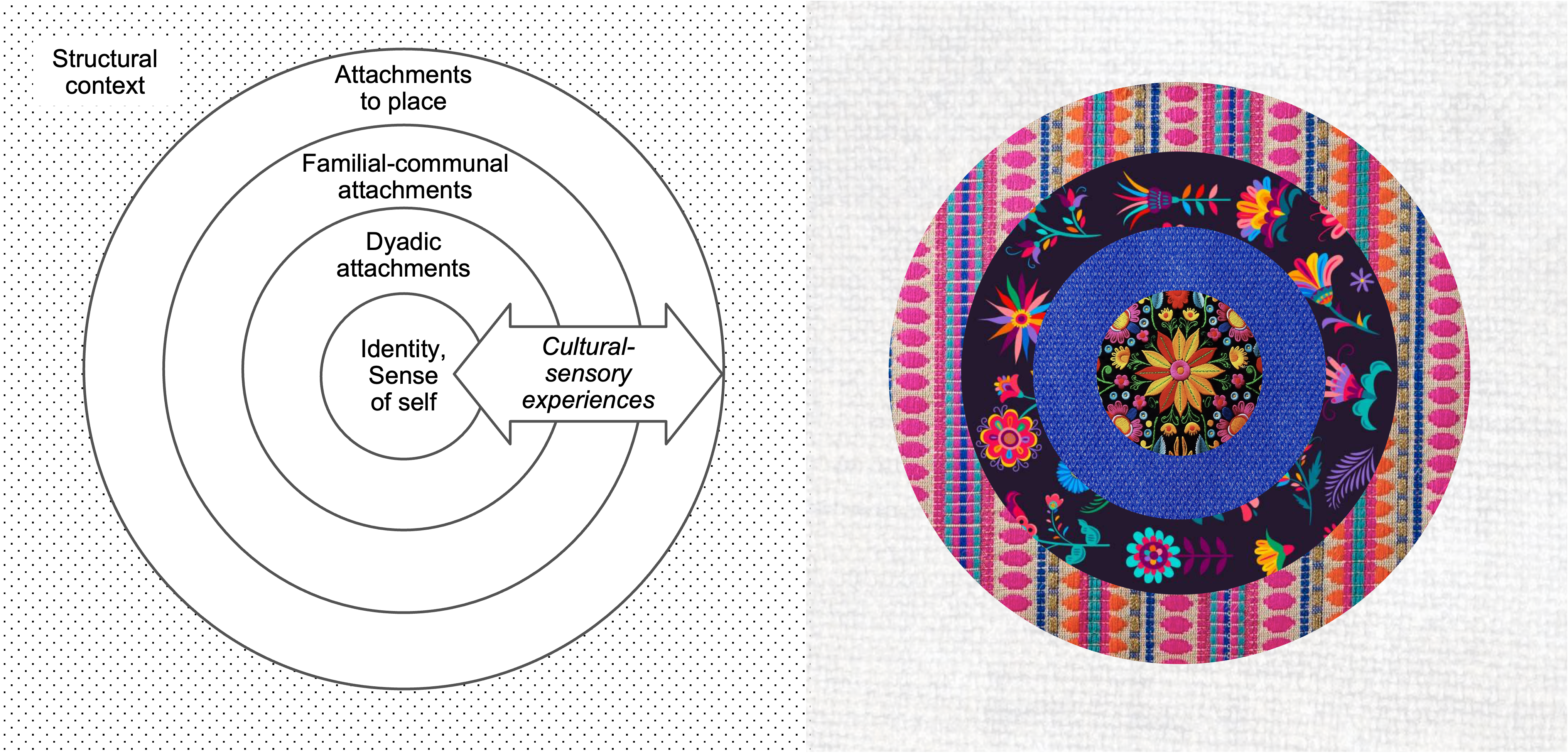Developmental and Behavioral Pediatrics 1: Parenting
Session: Developmental and Behavioral Pediatrics 1: Parenting
773 - The ecocultural tapestry of attachment: Strengths-centered perspectives on immigration and youth psychosocial well-being among Bay Area Latine youth
Friday, April 25, 2025
5:30pm - 7:45pm HST
Publication Number: 773.6977
Annie Berens, Ayudando Latinos a Soñar (ALAS) / Stanford University, Half Moon Bay, CA, United States; Belinda marie. Hernandez-Arriaga, Ayudando Latinos A Soñar, el granada, CA, United States; Javier Omar, Stanford Graduate School of Education, Stanford, CA, United States; Juan Carlos Ruiz Malagon, University of California, Irvine, Irvine, CA, United States; Elkin Obed. Lopez Argueta, Ayudando Latinos a Soñar (ALAS), Montara, CA, United States

Annie Berens, MD, MSc, MA (she/her/hers)
Research Director
Ayudando Latinos a Soñar (ALAS)
Half Moon Bay, California, United States
Presenting Author(s)
Background: Attachment theory classically emphasizes dyadic child-caregiver bonds as foundations for healthy development (Bowlby, 1969). Migration processes, particularly in cultural contexts naked by more communal family structures, also highlight how dyadic bonds exist in social-ecological networks of ties to extended family, community, place, and culture. Mental health outcomes among immigrant youth are complex. Some studies find better outcomes among immigrant versus non-immigrant youth, while sub-populations show higher rates of internalizing and trauma-related conditions. This study explores whether the complex interplay of migration with attachment processes may explain varied impacts of immigration on youth development.
Objective: 1) Explore first-person narratives on the effects of immigration on psychosocial development and well-being among Latine youth in the Bay Area.
2) Examine whether the interface of migration with attachment relationships might influence effects of immigration on psychosocial outcomes.
Design/Methods: Using a constructivist grounded theory approach, we conducted semi-structured qualitative interviews with 21 parents and youth from diverse Latine backgrounds in San Mateo County. A research team including various positionalities dual-coded transcripts, synthesizing emergent themes iteratively. Immigrant youth feedback informed further refinement.
Results: Participant narratives highlighted the interplay of social-ecological disruptions with attachment and developmental well-being. Key themes were: (1) The Tapestry of Attachment, describing how interwoven ties across personal, familial, community, societal, and cultural levels were reshaped or severed by migration; (2) Tears in the Tapestry, exploring how the loss or preservation of various threads of attachment conferred stress or resilience; “full thickness tears,” involving family separation amidst broader dislocation experiences, were most devastating; and (3) La Lucha for Resilience and Repair, capturing active strategies to preserve social-cultural strengths and repair severed connections as mechanisms of strength and growth.
Conclusion(s): Findings reveal a dynamic interplay between attachment and socio-structural factors in shaping youth well-being. The "tapestry of attachment" concept highlights ruptures, resilience, and repair within these systems, emphasizing culturally rooted, often sensory-based healing practices. Insights from this phase informed a new quantitative measure of immigration-related stress, trauma, and resilience, now in pilot testing.
Figure 1. An ecological systems view of child immigration-related stress and trauma
 Influenced by ecological systems theory (Bronfenbrenner, 1974).
Influenced by ecological systems theory (Bronfenbrenner, 1974).Figure 2. Study design

Figure 3. An ecocultural perspective: The tapestry of attachment


